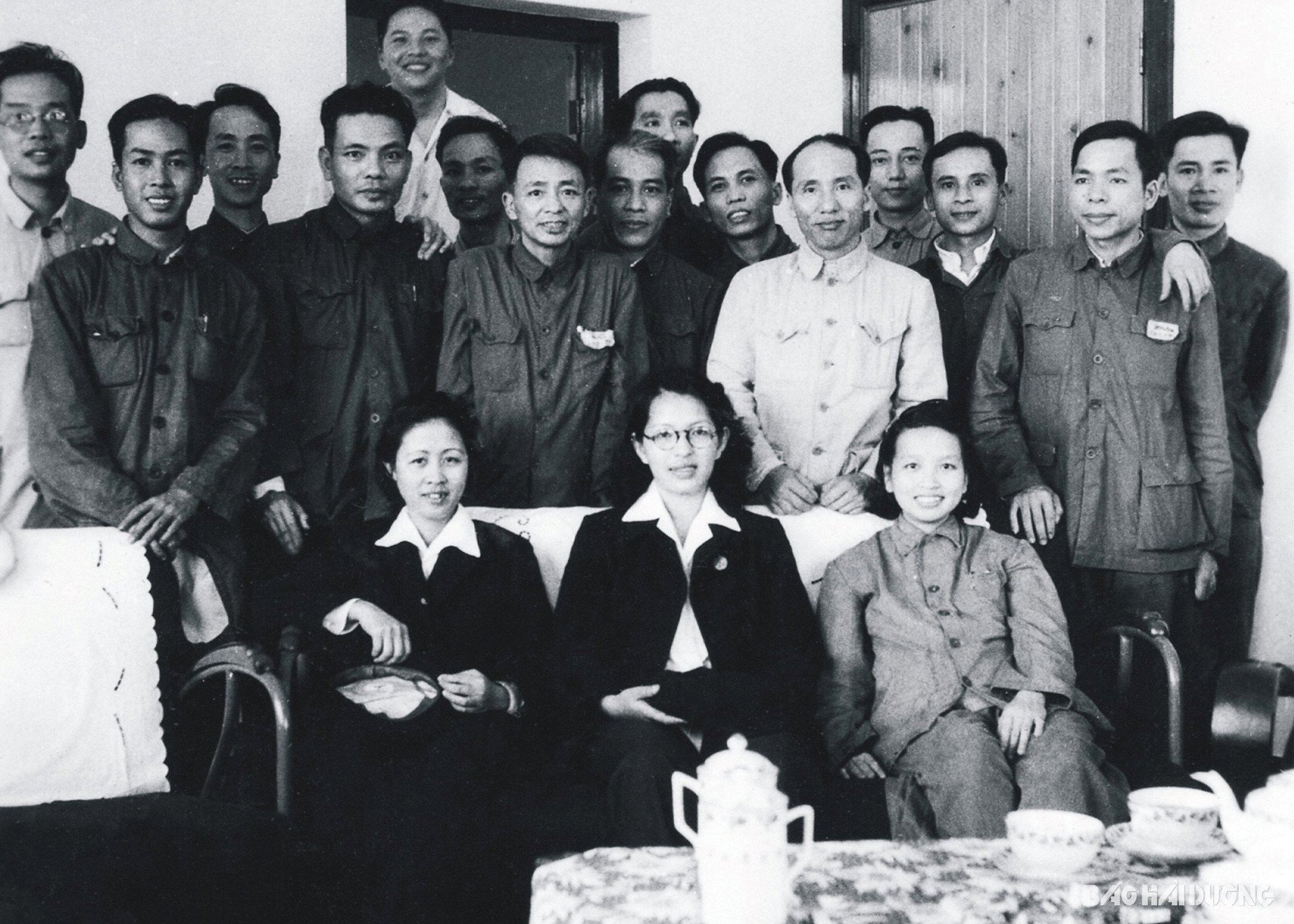
Open mind
For Hai Duong, comrade Nguyen Luong Bang was an important contributor to the dissemination of the revolutionary line of Marxism-Leninism and the book "Revolutionary Path" to the locality.
Through the archived documents, the people of Hai Duong approached Marxism-Leninism in two ways. That is through revolutionary documents and books brought back by the communication line between Hai Phong - Hong Kong - Guangzhou and the way brought by members of the Vietnam Revolutionary Youth Association. It was comrade Nguyen Luong Bang who implemented the construction and directly participated in the activities, successfully maintaining the communication line between Hai Phong - Hong Kong - Guangzhou under the direction of comrade Nguyen Ai Quoc. This shows the great role of comrade Nguyen Luong Bang in spreading revolutionary ideology in the country, not only for the revolution in Hai Duong but also for the revolution in the whole country.
In Hai Duong, the book "The Revolutionary Path" was passed around to be read by many young intellectuals, notably in the districts of Thanh Ha, Kim Thanh, Kinh Mon, Chi Linh, and Hai Duong City. Along with that, a number of members of the Vietnam Revolutionary Youth Association such as Nguyen Van Cu, Do Ngoc Du, and Tran Cung returned to Hai Duong to spread Marxism-Leninism and build a revolutionary base. From here, Marxism-Leninism was widely spread among the people of Hai Duong, contributing to the establishment of revolutionary mass organizations, creating conditions for the birth and operation of a number of branches of the Vietnam Revolutionary Youth Association, helping the struggle movement in Hai Duong in the years 1928-1929 to have strong changes.
Thanks to early access to Marxism-Leninism and the establishment of many revolutionary bases, Hai Duong became one of the localities that soon established the first Communist Party cells to lead the revolutionary movement. Immediately after the Conference to establish the Communist Party of Vietnam in Hong Kong (China), in the Mao Khe mining area (Dong Trieu town), comrade Nguyen Van Cu established the Mao Khe Party cell. In early March 1930, in Do Xa village, Hoang Tan ward (Chi Linh city), comrade Tran Cung established the Do Xa Party cell. These were the first two Communist Party cells of Hai Duong province.
The establishment of two Party cells in Hai Duong in 1930 was an important historical turning point, gradually shifting the local revolutionary movement from spontaneous to conscious. These were important premises for the proletarian revolutionary line to take root in the thoughts of each Hai Duong citizen. Despite facing countless hardships and sacrifices, the people's belief in the final victory of the Vietnamese revolution under the leadership of the Party never faded.

Bright Spot in the Dark
During the years 1931 - 1935, when the Vietnamese revolution was in a dark period under the repression and terror of the French colonialists, most of the Party organizations, revolutionary bases and struggle movements were extinguished and drowned in a pool of blood. In Hai Duong, the revolutionary activities of comrade Nguyen Luong Bang helped Hai Duong become a rare bright spot in the dark picture of the Vietnamese revolutionary movement during this period.
In 1932, while imprisoned in Hai Duong Prison, comrade Nguyen Luong Bang led a successful struggle, forcing the prison guards to give in to the prisoners' demands. This was the first organized struggle led by communist cadres and achieved victory right in prison, a great echo among patriotic intellectual youth and the people of Hai Duong at that time. The result of this struggle was a source of encouragement for the following struggles in Hai Duong Prison, leading to the birth of a Party cell inside Hai Duong Prison, which was Party cell 10 - the underground army with the code number 7.11.51.
At the end of 1932, comrade Nguyen Luong Bang and a number of other comrades successfully escaped from Hoa Lo Prison. After leaving the imperial prison, on January 1, 1933, he returned to Pham Kha commune (Thanh Mien). In Thanh Mien, he realized that it was not safe, so he moved to Don hamlet (now Kinh Duong village, Thai Duong commune, Binh Giang district) to build a base and propagate the revolution. Here, he integrated into the people's lives and carried out propaganda of the revolutionary line. By mid-1933, he published the Cong Nong newspaper and sent leaflets to many places in the province. The Cong Nong newspaper was printed in purple ink on Do paper, 20 copies per issue with rich content introducing the Party, leader Nguyen Ai Quoc and Marxism-Leninism, thereby contributing to encouraging the revolutionary spirit among a group of progressive youth who were still actively working in Hai Duong city and some districts in the province. The French colonialists discovered the Cong Nong newspaper and organized a relentless hunt for its creators. To ensure safety, comrade Nguyen Luong Bang moved to another locality to work. Therefore, the Cong Nong newspaper also stopped publishing.
After comrade Nguyen Luong Bang left, the revolutionary movement in Hai Duong province temporarily subsided. The French colonialists and their lackeys intensified their search, repression, and arrest of progressive thinkers in the province. Although the revolutionary movement fell into a dark period, the sentiment, understanding, and faith in the Party of the Hai Duong people never diminished. The bases and bases in the hearts of the people were still maintained, only waiting for the time when the revolutionary opportunity came for the fire of struggle to flare up again.
In 1936, when the Vietnamese revolution had the opportunity to resume operations, the Party Central Committee and the Northern Regional Party Committee directed the need to promote the building and re-development of the revolutionary movement in Hai Duong. This was the basis for Hai Duong province to become the center of activities of the Inter-Provincial Party Committee B shortly thereafter. With the help of the Northern Regional Party Committee and the Inter-Provincial Party Committee B, from August 1938 onwards, 4 Party cells were established in the province, namely: Ninh Giang Water Plant Party Cell (Ninh Giang District), Hai Duong City Party Cell, Co Am Commune Party Cell (Vinh Bao District) and Ta Xa Party Cell (Hop Tien Commune, Nam Sach District). The establishment of the Party cells affirmed that the revolutionary movement in Hai Duong had been restored after a period of decline and was the basis for promoting propaganda and mobilization work towards the establishment of the Hai Duong Provincial Party Committee when conditions were met. On June 10, 1940, in Ta Xa village, Hop Tien commune (Nam Sach), the Conference to establish the Provisional Provincial Party Committee of Hai Duong province took place - this was considered the event to establish the Hai Duong Provincial Party Committee. The establishment of the Provincial Party Committee marked the maturity and qualitative development of the revolutionary movement in the whole province even though the enemy continued to increase repression and terror.
The establishment of the Hai Duong Provincial Party Committee was the result of the dedication, sacrifice and contribution of many generations of Party members and outstanding people in the province, among which, the contribution of comrade Nguyen Luong Bang was very great. With those contributions, it is not too much to say: "Comrade Nguyen Luong Bang is the one who laid the foundation for the establishment of the Hai Duong Provincial Party Committee in 1940".
NGUYEN QUANG PHUC, Member of the Standing Committee, Head of the Propaganda Department of Hai Duong Provincial Party CommitteeSource







![[Photo] Visiting Cu Chi Tunnels - a heroic underground feat](https://vstatic.vietnam.vn/vietnam/resource/IMAGE/2025/4/8/06cb489403514b878768dd7262daba0b)


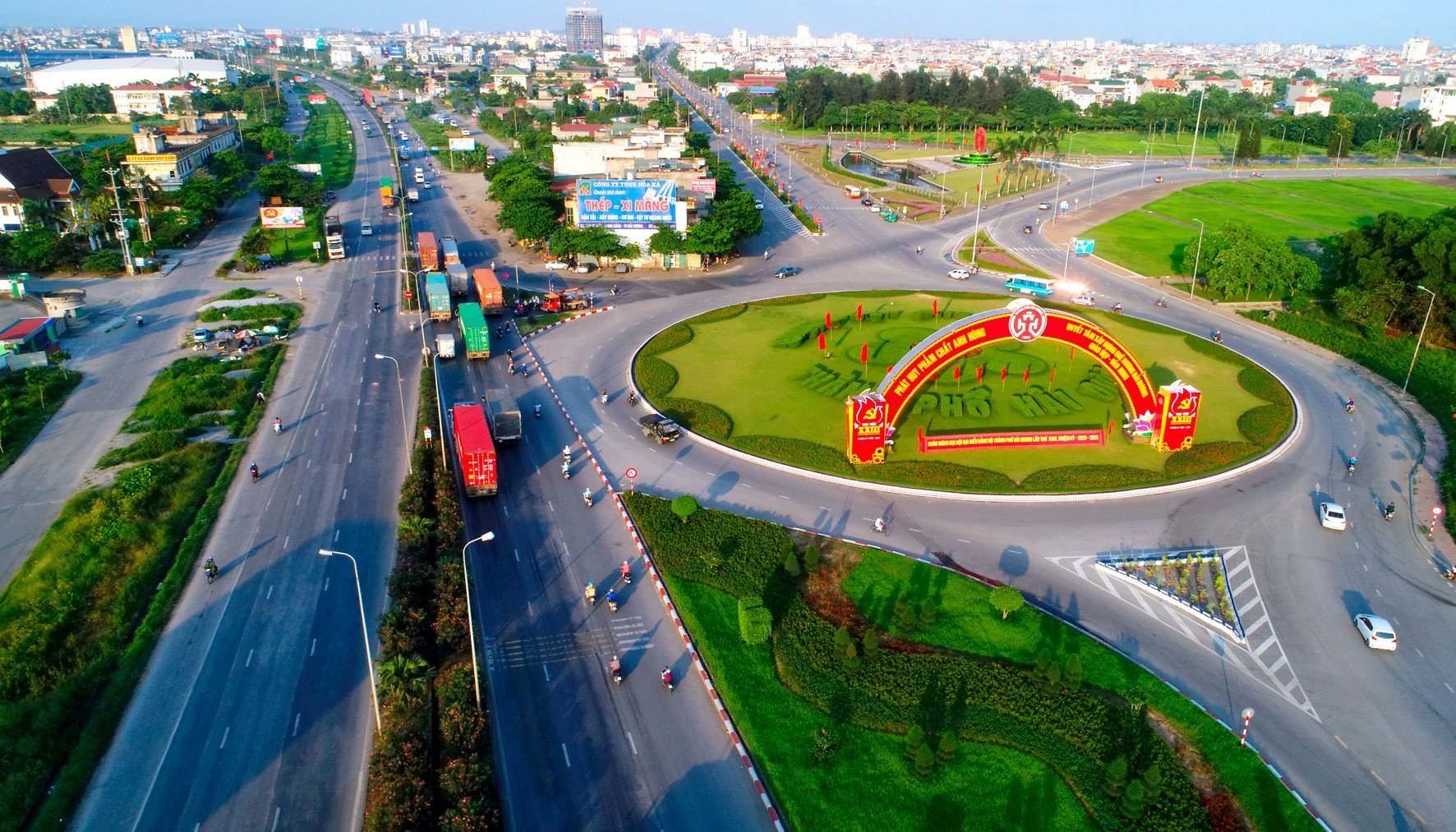
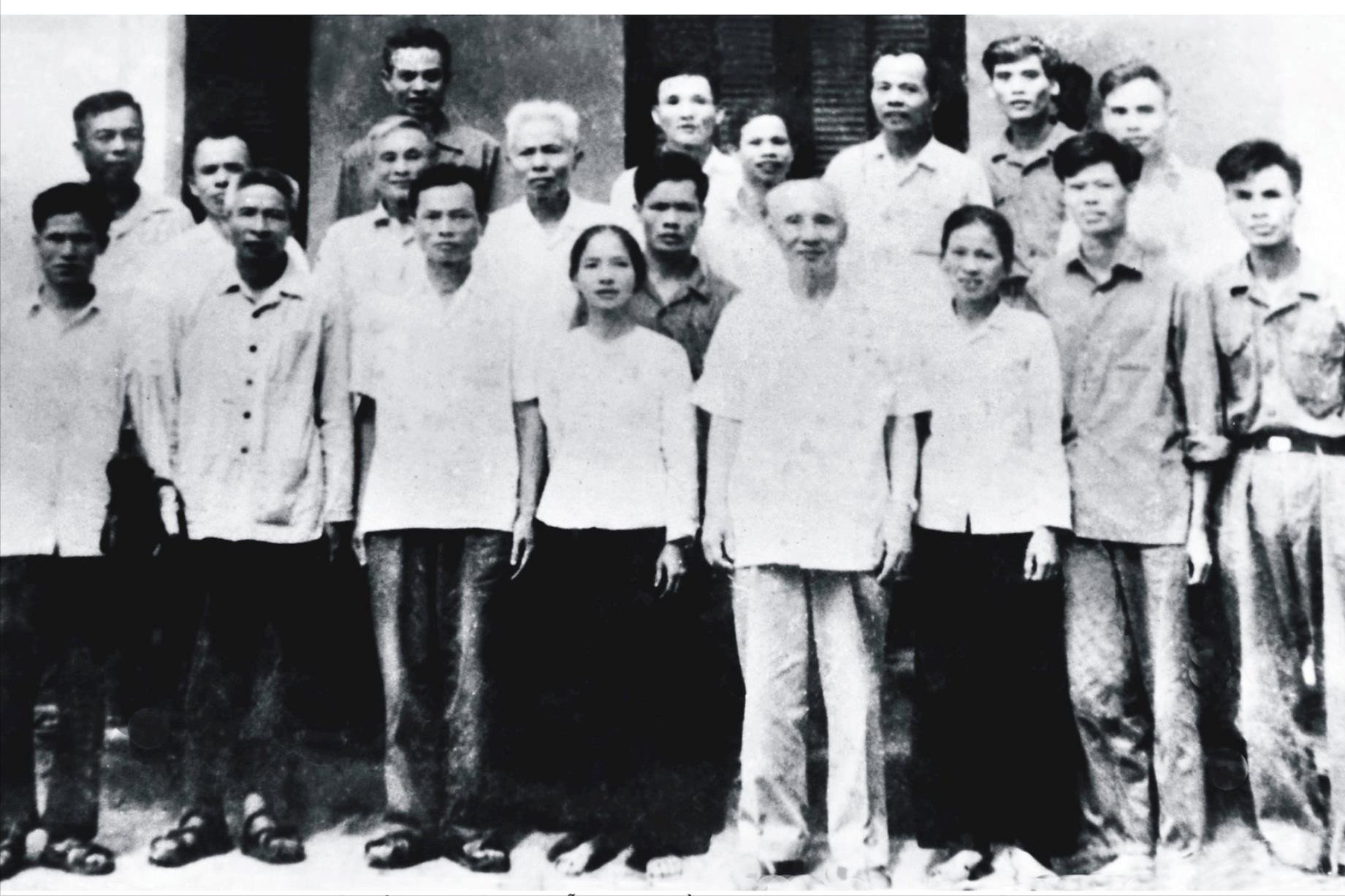
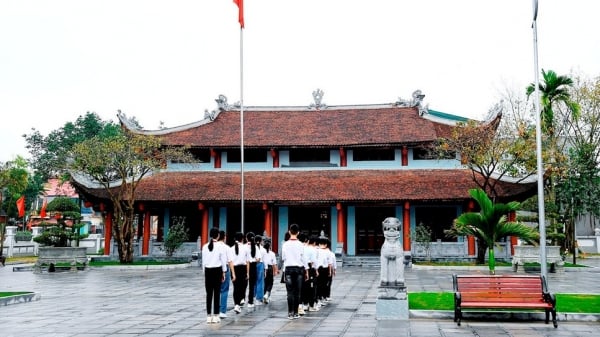

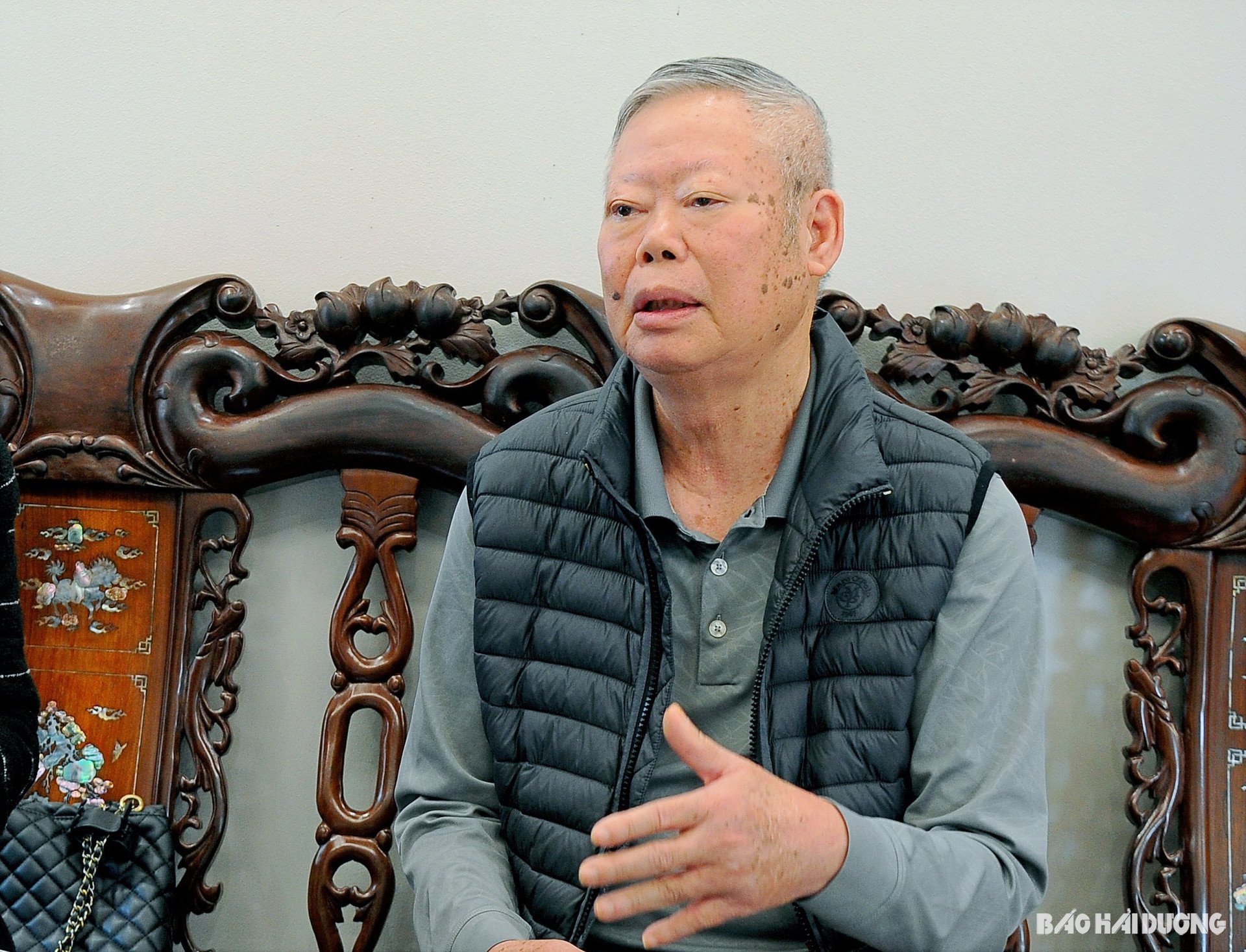


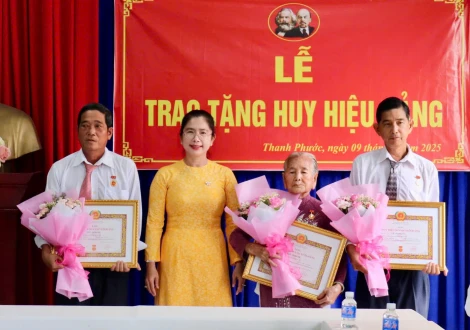


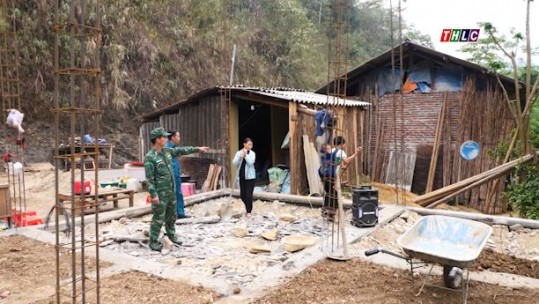








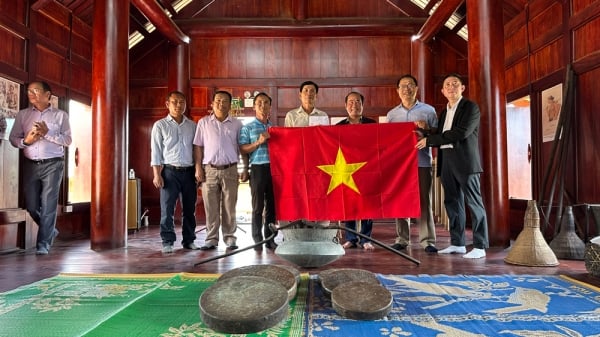
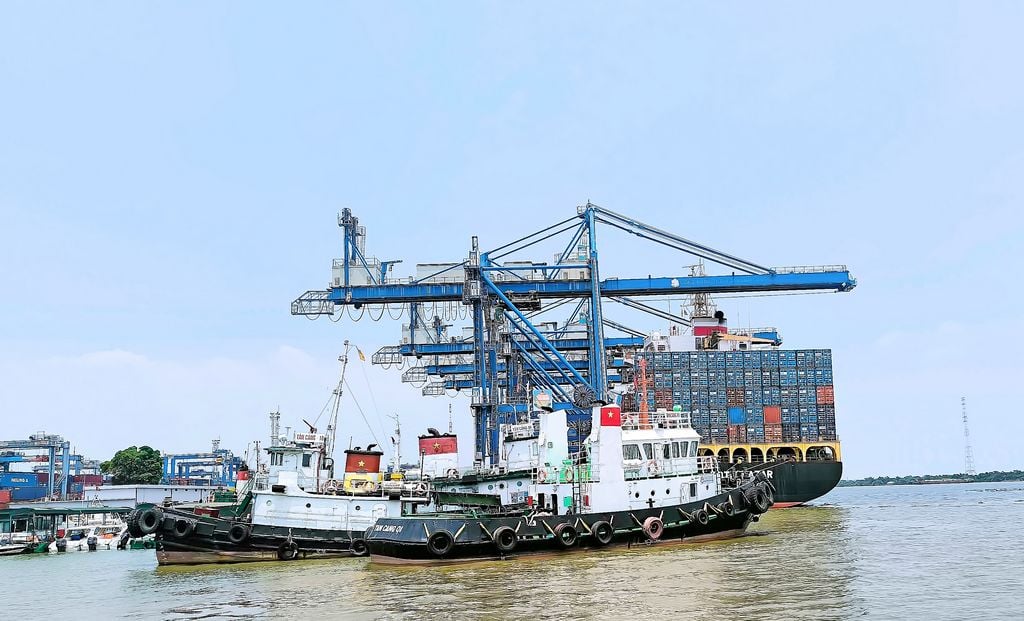




































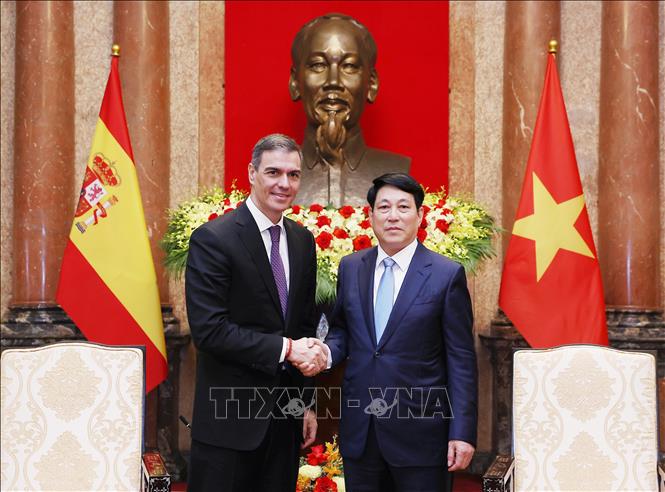


















Comment (0)